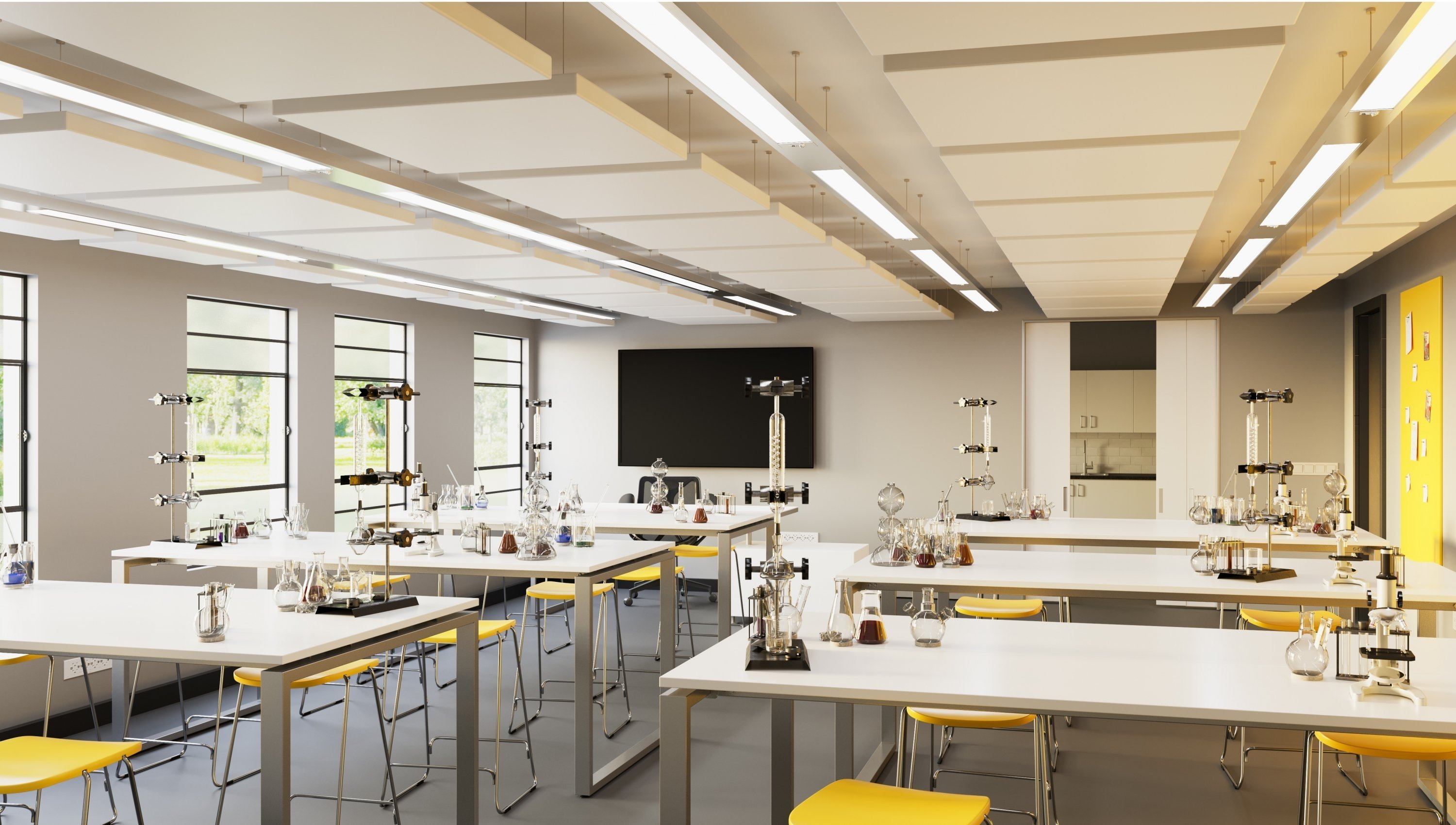
Organic Response® Response SN3 can be integrated or remotely housed and will detect motion and ambient daylight levels. Futhermore the system can be customised to provide an interface with building management systems and vital building management information via the Organic Response® web based Response Portal. Offering reduced installation costs, building flexibility and ease of use as well as significant energy savings,
Find out moreWhitecroft Link allows the possibility of multiple configurations which is ideal in educational establishments with a variety of classroom layouts. Offering plug and play simplicity for easy installation and commissioning, Whitecroft Link provides basic functionality such as occupancy detection, daylight harvesting and scene setting to create an optimal learning environment.
Find out more
To maximise energy savings and avoid unnecessary activation of lighting, manual activation is most commonly employed. Once lighting is activated, detectors will monitor occupancy patterns and turn off lighting when no longer required.
To ensure effective learning and clear visibility to interactive whiteboards or projectors, whilst ensuring sufficient illumination on desks, the luminaires nearest to the whiteboard are controlled independently of the rest of the room.
To optimise energy savings, luminaire output should adjust to daylight. This can be either window row only or multiple rows from the window subject to daylight access.
Allows the user to turn ON/OFF or reduce lighting in response to visual needs.
To deliver optimised daylight saving and functionality in a simple and effective way, lighting may need to be zoned.
To maximise energy savings and avoid unnecessary activation of lighting, manual activation is most commonly employed. Once lighting is activated, detectors will monitor occupancy patterns and turn off lighting when no longer required.
To ensure effective learning and clear visibility to interactive whiteboards or projectors, whilst ensuring sufficient illumination on desks, the luminaires nearest to the whiteboard are controlled independently of the rest of the room.
To optimise energy savings, luminaire output should adjust to daylight. This can be either window row only or multiple rows from the window subject to daylight access.
Allows the user to turn ON/OFF or reduce lighting in response to visual needs.
To deliver optimised daylight saving and functionality in a simple and effective way, lighting may need to be zoned.










Primary Education
Working to a restricted timescale to complete the build, a lighting solution that enabled rapid installation and flexibility was a priority. Whitecroft Lighting therefore supplied Selene with integrated Organic Response® wireless control to simplify installation and reduce the opportunity for project schedule disruption.

Secondary Education
Working alongside the main contractor, consultant and architect Whitecroft were tasked with providing a compliant lighting scheme which would meet the aesthetic vision of the architect. This was particularly challenging in classrooms where the installation of ceiling mounted ventilation units was proposed.